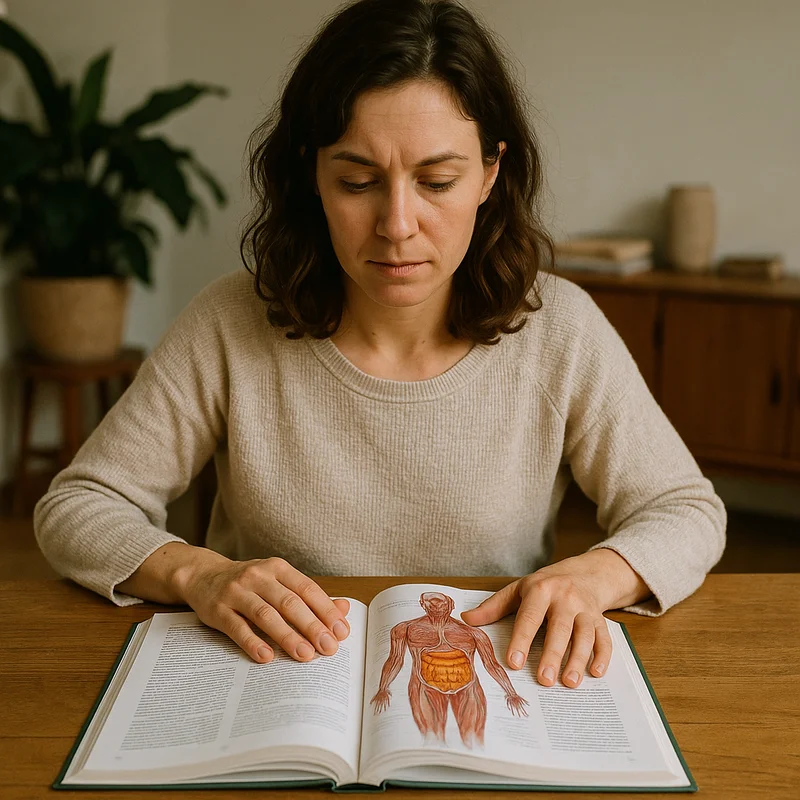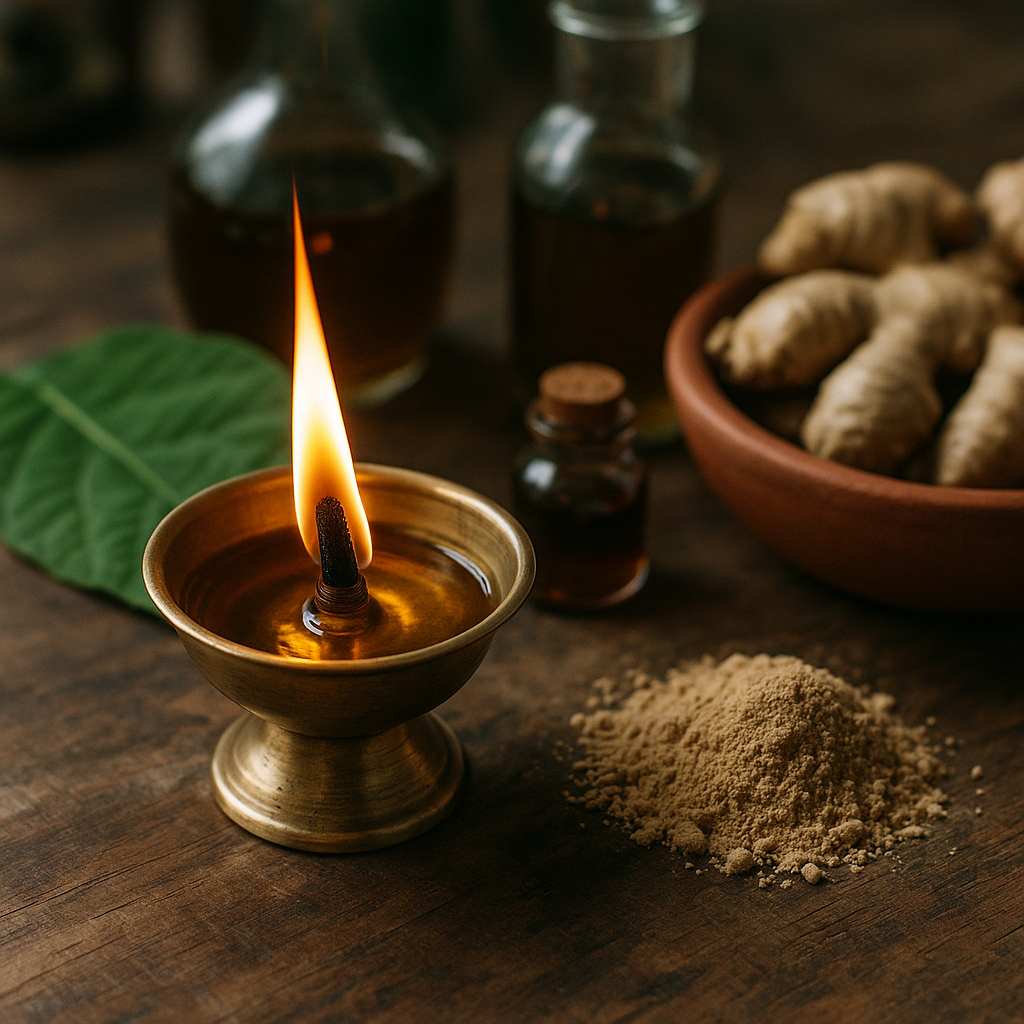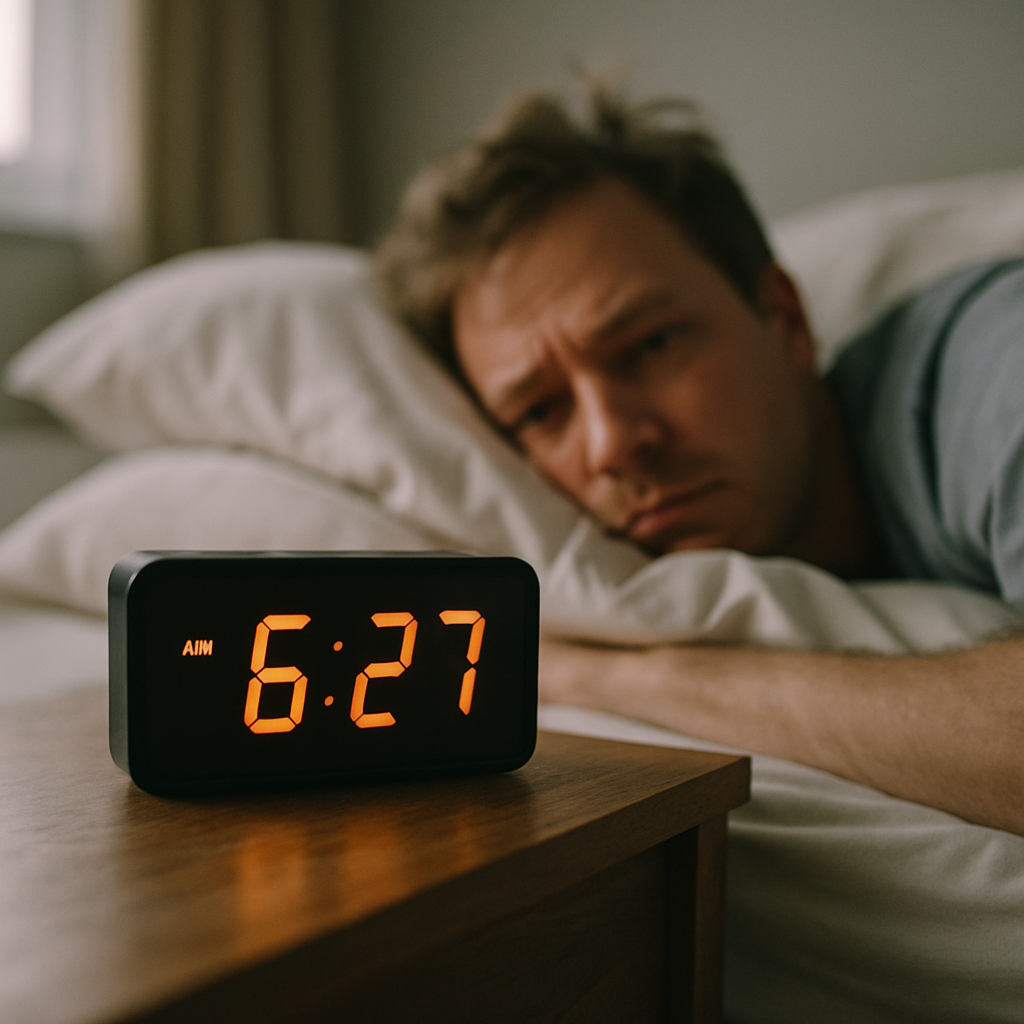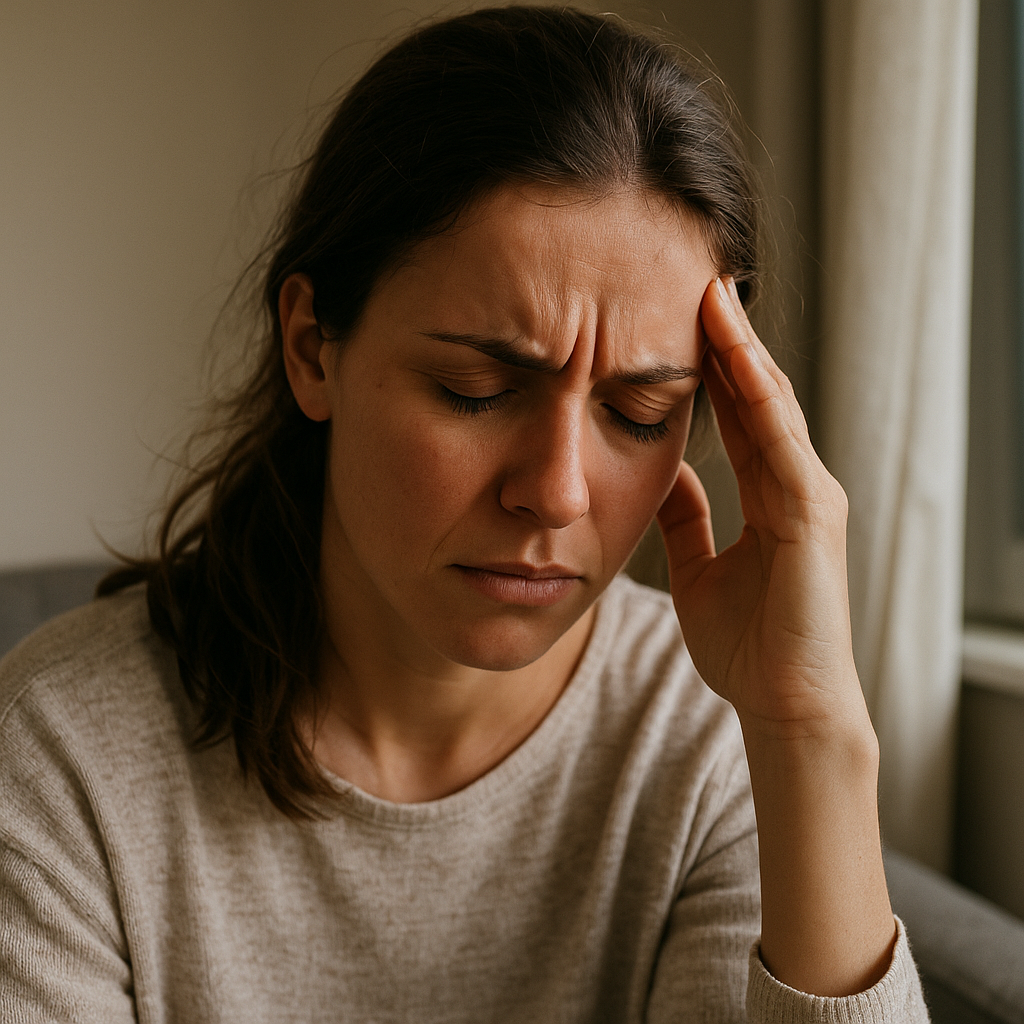Shop Now in Our Store
So... What Is Pitta in the Human Body Anyway?

Ever heard someone casually mention their “Pitta” being out of balance — and you just smiled, nodded, and mentally filed it under “probably some new-age thing”?
Totally fair.
But here’s the thing: Pitta isn’t just spiritual fluff. It’s actually a central concept in Ayurveda — the traditional healing system of India — and it might explain a lot about your digestion, emotions, skin problems, burnout, and even that random 3 a.m. rage you felt when your AC stopped working.
Let’s unpack this. Slowly, messily, and practically. Because if you’re anything like me, you don’t just want definitions — you want to know what this means for your life.

What Is Pitta in the Human Body? An Ayurvedic Lens on Fire, Transformation & Digestion
So, here’s where we begin: Ayurveda says the human body is governed by three doshas — Vata, Pitta, and Kapha. Each one represents a combination of the five elements (earth, water, fire, air, and ether), and together they define your constitution (Prakriti), tendencies, and even your weak spots.
Pitta, specifically, is made up of fire and a bit of water. Think heat. Transformation. Metabolism. And sometimes — a little too much intensity.
It’s the force behind digestion, absorption, vision, intelligence, skin coloration, and... ambition. When it’s in balance, you feel sharp, motivated, and your gut is happy. When it's out of whack? Heartburn, acne, anger issues, overworking — welcome to the Pitta spiral.
Now, why does this matter for your lifestyle and diet?
Because Ayurveda isn’t about suppressing symptoms — it’s about balance. Knowing your dominant dosha (or which one’s flaring up), helps you adjust how you eat, live, move, and even think, so your body stays aligned with nature.
People with high Pitta (or a Pitta imbalance) need to cool down — literally and metaphorically. We’re talking food that soothes inflammation, routines that calm the nerves, and habits that don’t constantly pour gasoline on the inner fire.
Here’s what you can gain by tuning into Pitta:
-
Improved digestion (hello, no more post-meal regret)
-
Clearer skin and calmer mind
-
Better emotional regulation
-
Reduced inflammation & burnout
-
A lifestyle that finally doesn’t feel like a battle
And this guide? It’s the practical breakdown of everything Ayurveda suggests to do just that. With a few side tangents, opinions, and probably a story or two.
How Ayurveda Approaches Pitta (And Why That Actually Matters)
What Ayurveda Says About Pitta
Ayurveda doesn’t treat the body like a car needing repair. It sees it as a living, dynamic ecosystem — affected by food, weather, emotions, sleep, and, yes, even your boss yelling at you in Slack.
Pitta’s job in that ecosystem? Transform. Digest. Process.
It governs:
-
Agni (digestive fire — a BIG deal in Ayurveda)
-
Liver and small intestine function
-
Skin temperature and tone
-
Blood and hormonal balance
-
Eyesight and perception
-
Even judgment and decision-making
Pitta types tend to be: sharp-featured, ambitious, organized, maybe a little impatient, often with warm bodies and a tendency toward inflammation. If you’re always hot, always hungry, and always irritated by inefficiency... yep, you’re probably Pitta-heavy.
And the seasons affect this too: Summer is Pitta season. So even if you’re normally balanced, July might turn you into a sweating, angry tomato. Ayurveda notices that — and it has ways to help.
How Ayurvedic Lifestyle & Diet Directly Impact Pitta
Here’s the short version: Everything you do either balances or aggravates your doshas.
So for Pitta?
-
Spicy food? Aggravates.
-
Overexercising? Aggravates.
-
Working 14 hours and skipping lunch? You guessed it — aggravates.
-
Cool, sweet, grounding food? Balances.
-
Gentle movement, nature, chill time? Balances.
What’s beautiful is that Ayurveda doesn’t ask you to overhaul your life overnight. It asks you to notice. Are your habits heating you up too much — physically or mentally?
Then maybe it’s time to dial it back. Not with guilt. Just... gently. Intentionally. One coconut water at a time.
The Importance of Individualized Ayurvedic Approaches for Pitta
This part’s important — you are not just your dosha.
Everyone has all three doshas in them. Your Prakriti (natural constitution) might be Pitta-Kapha, while your current imbalance (Vikriti) could be Vata rising from travel, stress, or too much raw salad.
What works for one Pitta-heavy person might be too cooling for another.
This is why any Ayurvedic practitioner worth their salt will ask a LOT of questions before giving advice. They’ll want to know:
-
What do your stools look like?
-
What’s your emotional state?
-
Do you sweat easily?
-
How’s your sleep, skin, energy?
Sounds invasive? Maybe. But it’s because Ayurveda isn’t a one-size-fits-all hack. It’s a lifestyle that adjusts with your needs, seasons, age, location — even the time of day.
So yes, this guide will give you Pitta tips. But if something doesn’t feel right in your body — trust that. Ayurveda is all about building awareness, not blind obedience.
What Should You Actually Eat If You’ve Got Pitta Going On?
Okay, let’s talk food — the stuff you literally build your body out of. And if Pitta is your main dosha (or it’s acting up), then your diet might be unintentionally turning up the internal heat.
We’re aiming to cool things down. Not just temperature-wise — energetically too. Because Pitta is sharp, oily, hot, intense. So your food? It needs to be cool, soft, mild, and calming.
Let’s break it up like a real-life chat over a farmer’s market stand.
🍚 Foods Ayurveda Recommends for Balancing Pitta
Here’s a little mental picture: it’s mid-summer, and you’re feeling irritable. You’re sweating through your linen shirt. The last thing your body wants is chili and coffee.
Instead, think:
-
Sweet fruits — mango (not sour ones!), melon, pear, ripe bananas, pomegranate
-
Cooling grains — white rice, oats, wheat, barley
-
Cooked vegetables — zucchini, asparagus, cucumber, leafy greens (but not too bitter)
-
Milk (if tolerated), ghee, and coconut (coconut water is practically holy for Pitta types)
-
Legumes — mung dal, lentils (soaked/cooked well)
-
Cooling spices — coriander, fennel, mint, cardamom, turmeric
Notice a theme? Nothing too aggressive. Everything is gentle. Moist. Cooling. Like it’s saying, “Hey, I’ve got you.”
🌶️ What to Avoid (Sorry, But Some Things Have to Go)
This might sting (because, yeah, spicy food is delicious), but here's the no-go list for calming Pitta:
-
Chilies, garlic, onions — too heating
-
Fermented foods — vinegar, kombucha, pickles — they flare the fire
-
Sour and salty stuff — cheese, processed sauces, soy sauce
-
Caffeine and alcohol — especially red wine and strong coffee
-
Fried food and anything super oily or overly processed
-
Tomatoes, eggplants, spinach — can trigger acidity or inflammation
Is it about restriction? Nope. It’s about choice. You’re choosing clarity, comfort, digestion that works. You’re choosing not to feel like a dragon with indigestion and regret.
🕒 Meal Planning & Timing Tips for Pitta
Ayurveda’s obsessed with timing. And for good reason — your digestive fire (Agni) fluctuates through the day.
-
Eat your biggest meal at noon — when the sun (and Agni) is strongest.
-
Avoid skipping meals — hangry Pitta is a dangerous beast.
-
Don’t eat late — digestion slows at night, and Pitta types are prone to nighttime acidity.
-
Make lunch a priority, dinner light, and breakfast cooling but nourishing (think stewed pears or soaked oats).
You don’t need 12 supplements or a chef. You just need rhythm.
🥥 Hydration & Beverages That Don’t Burn You Up
Drinks aren’t just about quenching thirst — they’re part of the healing.
-
Coconut water — like nature’s Gatorade for Pitta
-
Herbal teas — mint, rose, fennel, licorice
-
Cool (not ice-cold) water with lime or cucumber slices
-
Milk with cardamom — grounding at night, if you’re not dairy-sensitive
Avoid: black tea, coffee, fizzy drinks, alcohol, sour juices (orange, pineapple).
Just try sipping herbal rose water tea under a tree once. It’s kind of magic.

What Kind of Daily Lifestyle Calms Down Pitta? (Hint: It's Not Hustling Harder)
Diet's only half the game. Your daily habits, from waking to sleeping, either support or sabotage your balance.
And no offense to the 5AM-club crowd, but pushing your limits 24/7? That’s a recipe for Pitta overload.
🌞 Daily Ayurvedic Routines (Dinacharya) for Pitta
Routine stabilizes Pitta — predictability helps cool its intensity.
A basic day might look like:
-
Wake before 6:30 a.m., when the Vata window supports lightness
-
Oil massage (Abhyanga) with cooling oils like coconut or sunflower
-
Gentle movement — walking, yoga, tai chi — avoid excessive cardio
-
Cool shower, calming music, intentional slow mornings
-
Midday focus time, but with scheduled breaks (Pitta loves to over-focus)
-
Disconnecting in the evening, no screen doom-scroll before bed
It’s not about being rigid. It’s about creating a soothing rhythm your body trusts.
💤 Sleep Patterns That Heal (and Stop the Burnout)
This one’s simple but ignored: get enough sleep. And get it early.
Pitta rules 10 p.m. to 2 a.m., and if you’re awake then, your mind will rev up. That’s the second wind. The overthinking. The anxiety. The email-writing frenzy.
So:
-
Sleep by 10:00 p.m.
-
Use warm but light covers (Pitta gets hot at night)
-
Cool down the room — fan, calming scents like lavender or rose
-
No spicy or heavy food after 7 p.m.
Sleep = repair. It’s when Pitta resets and cools off.
🛁 Ayurvedic Personal Care for Pitta Skin & Body
You know how some people break out or get rashes when stressed? That’s usually Pitta.
To soothe:
-
Coconut oil massage — before a shower
-
Rosewater mist — calming for skin and emotions
-
Sandalwood paste for breakouts or redness
-
Cooling baths with mint or lavender oil
-
Avoid: steaming hot showers, synthetic fragrances, overly vigorous scrubs
Your skincare routine isn’t vanity — it’s balance. Your body is always whispering its needs.
Yoga & Breathing That Actually Feels Good for Pitta
Not all yoga is good yoga. Especially if you're dealing with Pitta.
Because the classic “power vinyasa” class in a 95°F studio? That’s literally pouring gasoline on fire.
You need cooling movement, breath, and presence.
🧘 Yoga Asanas That Cool You Down
Forget headstands and hot sequences for a while. Instead:
-
Forward folds — Paschimottanasana, child’s pose, seated forward bend
-
Twists — gentle ones, not the “wring your spine” kind
-
Moon salutations, rather than fiery sun flows
-
Legs-up-the-wall (Viparita Karani) — a must
-
Restorative poses — hold them, breathe into them, soften
You’re not trying to conquer the pose. You’re trying to cool your nervous system.
🌬️ Pranayama (Breathing) That Calms the Flames
Breathing is underrated. For Pitta, it can be medicine.
Try:
-
Sheetali (cooling breath) — curling the tongue, sipping air
-
Nadi Shodhana (alternate nostril breathing) — deeply balancing
-
Bhramari (humming bee breath) — especially at night or during anxiety
-
Avoid: Bhastrika or Kapalabhati — they’re too stimulating
Even 5 minutes a day can change your internal climate.
🗓️ How Often Should You Do It?
Ideally?
-
Yoga: 3–5 days a week, gentle, slow-paced
-
Pranayama: daily, even just 5–10 minutes
-
Meditation or breath-focused rest: every single day, even if it’s while waiting in line
Ayurveda doesn’t care if you can do crow pose. It wants to know if you’re at peace in your body.

Stress & Emotions: The Secret Fuel of Pitta Imbalance
Now we get to the heart of it.
Pitta isn’t just physical. It’s emotional fire too — ambition, competition, anger, frustration, drive. And when unprocessed? That fire gets trapped. And then — boom: burnout, rashes, rage.
🧠 Ayurvedic Techniques to Reduce Pitta-Induced Stress
This one’s personal. Because I’ve been that person — eyes twitching from too many tabs open, emotionally fried, but still pushing.
What helps?
-
Cooling oil massage — yes, again. It works.
-
Moonlight walks — they sound poetic, but they really cool the mind
-
Silence practice — one evening a week with no screens or chatter
-
Keeping a “rage journal” — seriously, write the anger out
-
Rose, sandalwood, and jasmine — via scent, tea, or bath
Ayurveda doesn’t shame your emotions. It helps you digest them.
🧘♀️ Meditation & Mindfulness for the Fiery Mind
Don’t overthink this. Start small.
-
5 minutes of breath watching
-
Guided meditations with soft, grounding voices
-
Body scans before sleep
-
Gratitude journaling — sounds cheesy, but it anchors you
If your mind feels like it’s racing? That’s a sign your Pitta is ruling you. Meditation brings the reins back.
💬 Emotions Through the Ayurvedic Lens
Ayurveda sees anger, jealousy, judgment as expressions of imbalanced Pitta. But also of unchanneled passion.
When in balance, Pitta emotions are clarity, leadership, courage, commitment.
So it’s not about being less “fiery.” It’s about burning for the right things — not letting the fire burn you.
Stuff You Can Actually Make at Home: Ayurvedic Remedies for Pitta
You don’t need a full-blown herbal pharmacy to soothe your Pitta. You probably already have some calming, balancing ingredients in your kitchen.
This is where Ayurveda shines — it gives you real, doable things to try right now, with ingredients that don’t need a passport or a trust fund.
🧂 Simple Ayurvedic Home Remedies for Pitta
Feeling fiery? Here's what I've actually tried that worked:
-
Coriander-lime cooler: Soak coriander seeds overnight, strain, mix with lime juice and a bit of raw sugar. Sip in the afternoon. Surprisingly refreshing.
-
Coconut oil scalp massage: Sounds messy. Is messy. But it calms your whole nervous system. Let it sit for 30 minutes before a shower.
-
Cucumber-rose face mist: Blend cucumber, strain the juice, mix with a little rosewater, spray on your face like a fancy spa.
-
Aloe vera juice: 1–2 tbsp in the morning on an empty stomach. Helps with acidity, skin flare-ups, even emotional heat.
-
Licorice root tea: Sweet, cooling, and grounding. (But check with a doctor if you have high BP.)
These aren’t miracle cures. They’re gentle nudges to remind your body: “Hey, it’s safe to chill.”
🥣 Cooling Recipes That Don’t Taste Like Cardboard
Sometimes Ayurvedic food sounds… tragic. Like boiled mung beans and nothing else. But hear me out:
-
Kitchari with cilantro and coconut: Light, creamy, soothing. Add cooling herbs and spices like fennel, coriander, and turmeric.
-
Stewed pears with cardamom: Breakfast you can feel smug about. Keeps digestion smooth, and it’s super comforting.
-
Coconut-cilantro chutney: Goes with anything. Adds flavor without heat.
-
Rose milk: Cold milk with a splash of rose syrup (natural, not neon pink junk). Surprisingly uplifting.
Ayurveda’s not trying to make you suffer. It’s trying to teach your body what real nourishment feels like.
🔪 How to Prep Ayurvedic Remedies Without Losing Your Mind
A few things I learned the hard way:
-
Pre-soak things like seeds or lentils the night before — makes everything easier (and easier to digest).
-
Don’t cook with too many spices — simplicity is better for Pitta.
-
Batch your teas or broths — keep in the fridge so you’re not starting from scratch every time.
-
Listen to your gut — literally. If something doesn’t feel good even if it’s “Ayurvedic”, skip it.
Ayurveda respects your body’s intelligence. So should you.
Misconceptions, Mistakes & Flat-Out Myths About Pitta and Ayurveda
Okay, time for some real talk. There’s a lot of fluffy “wellness” talk out there that slaps the Ayurvedic label on stuff that’s... not it.
So let’s clear the air.
🙅♀️ Common Myths About Ayurveda & Pitta
-
“Pitta types can’t ever eat spicy food.”
Not true. It's about balance. You can enjoy a little spice — just not every meal in the middle of summer while stressed out. -
“Everyone should follow the same Ayurvedic rules.”
Nope. Ayurveda is literally the opposite of one-size-fits-all. -
“If it’s natural, it’s Ayurvedic.”
Again, nope. Ayurveda is natural and structured. Dumping turmeric on everything isn’t exactly holistic. -
“Ayurveda is slow or outdated.”
Some of it’s 5,000 years old, sure — but if it’s still working, maybe age isn’t a problem.
😬 Mistakes People Make When Trying to “Fix” Their Pitta
-
Going too extreme — suddenly raw vegan, cold smoothies, 3x daily yoga. That can make you more unbalanced.
-
Self-diagnosing based on internet quizzes — fun, but not a substitute for an actual consult.
-
Focusing only on food — lifestyle, stress, even weather matters just as much.
-
Ignoring the emotional side — your anger and burnout might be Pitta waving a giant red flag.
✅ How to Actually Avoid Those Mistakes
-
Start small. Change one meal or one habit at a time.
-
See a practitioner — even just once — to get clear on what’s actually going on.
-
Track how your body feels, not just what the books say.
-
Keep a food/emotion diary — surprisingly powerful.
-
And honestly? Give yourself permission to be imperfect. It’s not a cleanse. It’s a lifelong conversation.
Real People, Real Results: Stories of Healing Pitta With Ayurveda
Let’s get real. Here’s what actually happened for a few people I’ve spoken with or worked alongside:
🙋♂️ From Burnout to Balance — A Designer’s Story
Ravi was a graphic designer in Mumbai, running on coffee, deadlines, and short bursts of rage. He thought his skin issues and digestion were just “stress.” Turns out? Major Pitta aggravation.
After switching to Pitta-friendly meals, daily coconut oil massages, and starting cooling pranayama, he reported:
“I didn’t just feel better — I felt more myself. Less reactive. More steady. My gut stopped yelling at me.”
👩 A Mom Who Ditched the Antacids
Neha, a mother of two, was relying on antacids almost daily. She tried Ayurveda skeptically — just by changing food timing, cutting out tomatoes, and doing evening yoga.
Three weeks in: no heartburn, better sleep, and surprisingly… more patience with her kids.
What Does Science Say About All This Pitta Talk?
You might be wondering, “Okay, but has any of this actually been researched?” Fair.
Ayurveda isn’t always easy to test with Western tools — it’s so personalized — but we do have some promising science backing it up.
📚 Research on Diet’s Role in Pitta & Inflammation
-
Studies have linked cooling, anti-inflammatory diets (like Pitta-friendly ones) to improvements in IBS, acne, and acid reflux.
-
Coriander, fennel, turmeric, and aloe vera have all shown measurable anti-inflammatory effects.
It’s not magic. It’s food that respects biology.
🧪 Clinical Evidence for Ayurvedic Practices
-
One study in Journal of Ethnopharmacology showed that Ayurvedic cooling herbs helped reduce gastric acid secretion.
-
Another clinical trial linked pranayama and meditation to lower cortisol and improved emotional regulation in Pitta-dominant subjects.
The data isn’t always massive. But it’s growing. And real-world results are often better proof than charts.
👨⚕️ What Experts Say
Dr. Sujata Kelkar Shetty, Ayurvedic practitioner and author, says:
“Pitta is the dosha that drives transformation. But when the world around us demands constant productivity, we must be even more intentional in managing it.”
Makes sense, right?
Let’s Wrap This Up — What’s the Takeaway on Pitta?
So, what have we learned? If you’ve made it this far, you’re clearly serious about understanding Pitta — or at least figuring out why you’re always hot, irritable, and bloated.
Here’s the essence:
-
Pitta is your inner fire — it transforms, digests, sharpens.
-
Too much of it, though, leads to inflammation, anger, and burnout.
-
Ayurveda offers cooling foods, routines, practices, and even thoughts to bring it back into balance.
-
It’s not about rules — it’s about awareness. Watching what heats you up... and what cools you down.
-
You can change how you feel. Gently. Practically. Daily.
Want to go deeper? Don’t DIY your health forever. A good Ayurvedic practitioner will take your entire being into account and help you craft a personalized plan that actually works.
FAQs: What People Ask Most About Pitta and Ayurveda
Q: How do I know if my Pitta is out of balance?
Look for signs like acidity, skin rashes, short temper, overheating, or feeling constantly irritable or critical.
Q: Can Pitta be high even if I'm not a “Pitta type”?
Yes! Any dosha can become imbalanced, regardless of your core constitution. Your lifestyle might be heating things up.
Q: What’s the fastest way to calm Pitta?
Drink coconut water, avoid spicy food, go for a walk at dusk, and breathe deeply — even 10 minutes helps.
Q: Is intermittent fasting good for Pitta?
Not usually. Skipping meals can worsen acidity and irritability. Pitta types thrive on regular meals.
Q: Can I have coffee if I’m trying to balance Pitta?
In moderation — maybe with milk or cardamom. But not on an empty stomach, and not every day.
This article is checked by the current qualified Dr Sujal Patil and can be considered a reliable source of information for users of the site.
Got any more questions?
Ask Ayurvedic doctor a question and get a consultation online on the problem of your concern in a free or paid mode.
More than 2,000 experienced doctors work and wait for your questions on our site and help users to solve their health problems every day.

